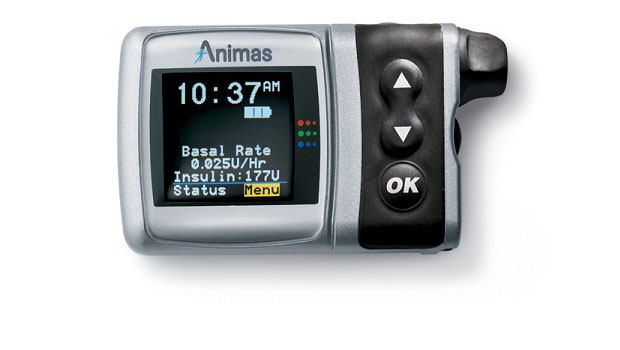Misdiagnosed with Type 2 Diabetes: Do You Have LADA (Type 1.5) Instead?
Adults over 30 with normal body weight and a reasonably healthy diet who don’t respond to typical Type 2 medications may have LADA; here is how to know

If you were diagnosed with Type 2 Diabetes and yet your blood sugars continue to rise despite taking medications, maintaining a healthy weight, and eating a reasonably healthy diet, you may have been misdiagnosed.
Instead of T2D, you may have LADA — Latent Autoimmune Diabetes in Adults, a slow-developing form of Type 1 Diabetes.
What is LADA?
In a nutshell, LADA is type 1 diabetes that progresses extremely slowly. This slow progression is really the slow deterioration of your body’s ability to produce insulin. This slow onset combined with the fact that LADA usually develops in adults over age 30 is why it’s so commonly misdiagnosed, explains Diabetes Spectrum.
Many healthcare professionals may not even know about it — or just assume that type 1 diabetes only develops in children and teenagers because it was once referred to as juvenile diabetes. (And guess what? They stopped calling it juvenile diabetes because it can develop in adulthood, too!)
You might have LADA if…
People who have LADA, and were misdiagnosed with type 2 diabetes are often:
- At a reasonably healthy weight
- Over the age of 30
- Didn’t need insulin during the first 6 months after diagnosis
- Oral medications didn’t improve blood sugar levels
- Do not have other metabolic syndrome conditions like high blood pressure and high cholesterol
- No family history of type 2 diabetes
Earliest symptoms of LADA include:
- Have difficulty concentrating
- Feel mentally foggy
- Feel noticeably tired throughout the day
- Feel noticeably hungry, even after eating
The eventual symptoms of LADA are the same symptoms of undiagnosed type 1 diabetes — because your insulin production is declining while your blood sugar levels and ketone levels continue to rise:
- Feeling very thirsty all the time
- Needing to urinate more frequently
- Unexplained blurry vision
- Unexplained weight-loss
- Tingling in your limbs
- Feeling very lethargic
- Frequent yeast infections (in women)
The usual experience for someone wrongly diagnosed with type 2 diabetes goes something like this:
- Subtle signs and symptoms of high blood sugar levels
- An A1c and blood glucose test at your doctor’s office
- A type 2 diabetes diagnosis
- Instructions to reduce the sugar and carbohydrate in your diet
- Instructions to lose weight and exercise more
- Eventually starting oral medications
- Eventually starting insulin injections
- Insulin needs increase rapidly despite other efforts to improve blood sugars
- Blood sugars continue to rise despite following all instructions
- 3 to 5 years of increasing frustration
“Providers may spend several months titrating oral medications, suspecting nonadherence, and enforcing further lifestyle modifications when, in actuality, these patients are in need of insulin therapy,” explains the ADA’s research.
Eventually, someone on your healthcare team may suspect you have LADA and help you get properly tested so you can begin a more effective insulin regimen.
The Right Tests for an Accurate LADA Diagnosis
People with LADA most often test positive for these two types of autoantibodies that indicate your immune system is attacking and destroying the beta-cells secreted by your pancreas that are responsible for producing insulin:
- Glutamic acid decarboxylase (GAD)
- Islet cell antibodies (ICAs)
Other tests to help get an accurate diagnosis:
- Hemoglobin A1c test (HbA1c)
- Ketone test via blood or urine
- Fasting plasma glucose test (FPB)
- Oral glucose tolerance test (OGTT)
- Random plasma glucose test (RPG)
Treating LADA
Eventually, a person with LADA will need to start insulin therapy just like anyone with type 1 diabetes.
Most people with LADA will require daily insulin via pump or injections within 5 to 6 years of the disease first developing — including when it was first misdiagnosed as type 2 diabetes.
At this point, all daily blood sugar management guidelines for a person with LADA are the same as a person with type 1 diabetes. At the end of the day, a person with LADA is a person with type 1 diabetes that simply progressed extremely slowly.
If you suspect you have LADA and have been wrongly diagnosed with type 2, contact your healthcare team and ask for additional testing!





